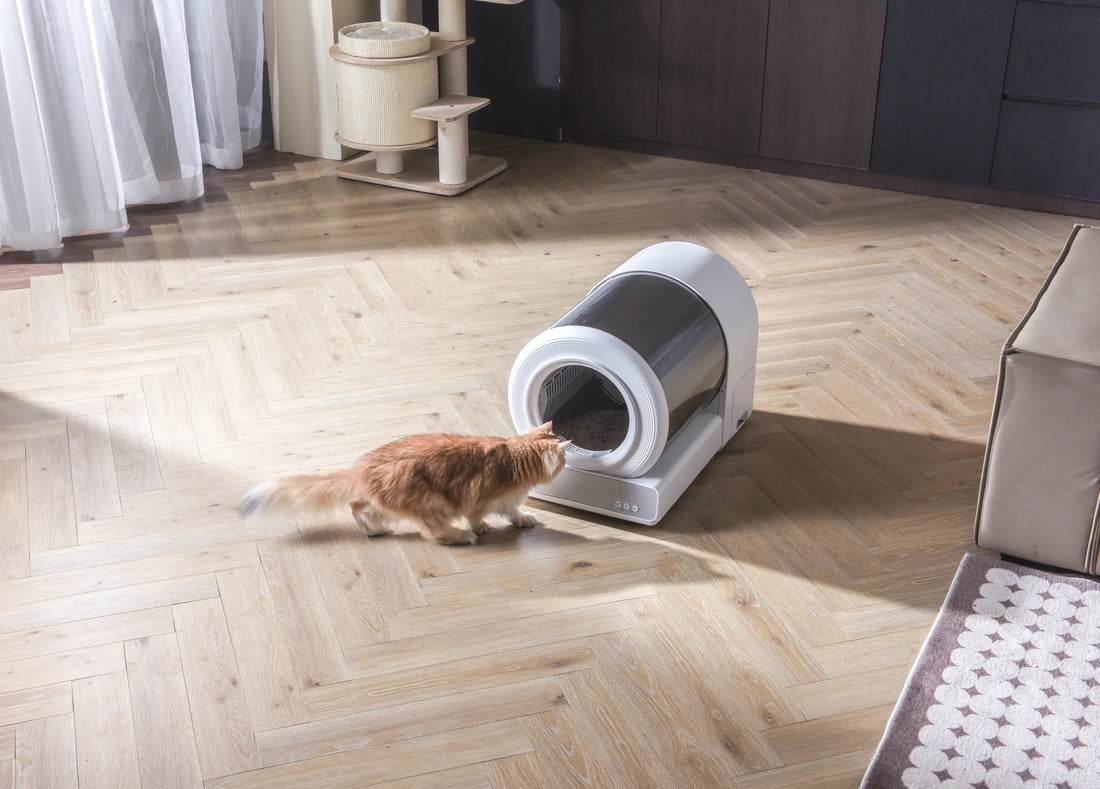Understanding the Behavior of Older Female Cats
When an older female cat starts peeing outside the litter box, it can be a source of frustration and concern for pet owners. This behavior, known as inappropriate elimination, is not uncommon in aging felines. Understanding the underlying causes is the first step toward finding a solution that works for both the cat and the owner.
Common Causes of Inappropriate Elimination
There are several reasons why an older female cat might start peeing outside the litter box. These can range from medical issues to environmental factors. Here are some of the most common causes:
- Medical Conditions: Older cats are more prone to health problems such as urinary tract infections, kidney disease, diabetes, and arthritis. These conditions can make it painful or difficult for the cat to use the litter box, leading to accidents outside of it.
- Stress and Anxiety: Changes in the household, such as a new pet, a move, or even a change in routine, can cause stress and anxiety in older cats. This can result in inappropriate elimination as a way for the cat to express her discomfort.
- Litter Box Issues: The litter box itself can be a source of problems. If the box is too small, not cleaned frequently enough, or located in a noisy or high-traffic area, the cat may choose to eliminate elsewhere.
- Cognitive Dysfunction: As cats age, they may experience cognitive decline, similar to dementia in humans. This can lead to confusion and forgetfulness, causing the cat to forget where the litter box is located.
Diagnosing the Problem
Before attempting to address the issue, it's important to determine the root cause of the behavior. A visit to the veterinarian is essential to rule out any medical conditions. The vet may perform a physical examination, blood tests, and urinalysis to identify any underlying health problems.
If medical issues are ruled out, the next step is to evaluate the cat's environment and routine. Consider any recent changes that might have caused stress or anxiety. Additionally, assess the litter box setup to ensure it meets the cat's needs.
Effective Solutions and Strategies
Once the cause of the inappropriate elimination has been identified, there are several strategies that can be employed to address the issue:
- Medical Treatment: If a medical condition is diagnosed, follow the veterinarian's treatment plan. This may include medications, dietary changes, or other interventions to manage the condition and alleviate the cat's discomfort.
- Environmental Modifications: Make changes to the cat's environment to reduce stress and anxiety. Provide a quiet, safe space for the cat to retreat to, and consider using pheromone diffusers to create a calming atmosphere.
- Litter Box Improvements: Ensure the litter box is clean, easily accessible, and appropriately sized for the cat. Consider adding additional litter boxes in different locations to give the cat more options. Experiment with different types of litter to find one that the cat prefers.
- Behavioral Training: If cognitive dysfunction is suspected, behavioral training can help reinforce the cat's memory of the litter box location. Positive reinforcement, such as treats and praise, can be used to encourage the cat to use the litter box.
Preventing Future Issues
Preventing inappropriate elimination in older female cats involves ongoing attention to their health and environment. Regular veterinary check-ups are crucial to catch and address any medical issues early. Maintaining a consistent routine and minimizing changes in the household can help reduce stress and anxiety.
Additionally, keeping the litter box clean and accessible is essential. Regularly monitor the cat's behavior and make adjustments as needed to ensure she continues to use the litter box appropriately.
When to Seek Professional Help
If despite your best efforts, the cat continues to pee outside the litter box, it may be time to seek professional help. A veterinary behaviorist or a certified cat behavior consultant can provide specialized guidance and develop a tailored plan to address the issue.
Remember, patience and understanding are key when dealing with an older female cat peeing outside the litter box. With the right approach, you can help your feline companion overcome this challenge and maintain a happy, healthy life.
If you're struggling with an older female cat peeing outside the litter box, don't despair. By understanding the causes and implementing effective solutions, you can restore harmony to your home and ensure your cat's well-being. Take action today to address this common issue and enjoy a cleaner, more peaceful living environment with your beloved pet.

![[🎃Halloween Sale]UAHPET Stainless Steel Self-Cleaning Cat Litter Box](http://www.uahpet.com/cdn/shop/files/1-cat-litter-box.jpg?v=1761890851&width=1600)












